Optimal Timing for Fire Restoration
Determining the optimal time for fire restorations depends on several factors including weather conditions, property occupancy, and fire severity. Typically, fire restoration projects are most effectively undertaken during periods of moderate weather, which can facilitate thorough cleanup and drying processes. Avoiding extreme cold or hot seasons helps prevent complications such as mold growth or equipment failure.
Spring and fall are generally ideal for fire restorations due to milder temperatures and lower humidity levels, which support effective drying and cleaning.
Dry weather minimizes the risk of additional water damage and mold development during the restoration process.
Restorations can be scheduled during times when properties are unoccupied to reduce disruption and improve safety.
Severe fires may require immediate attention regardless of season to prevent further damage or safety hazards.
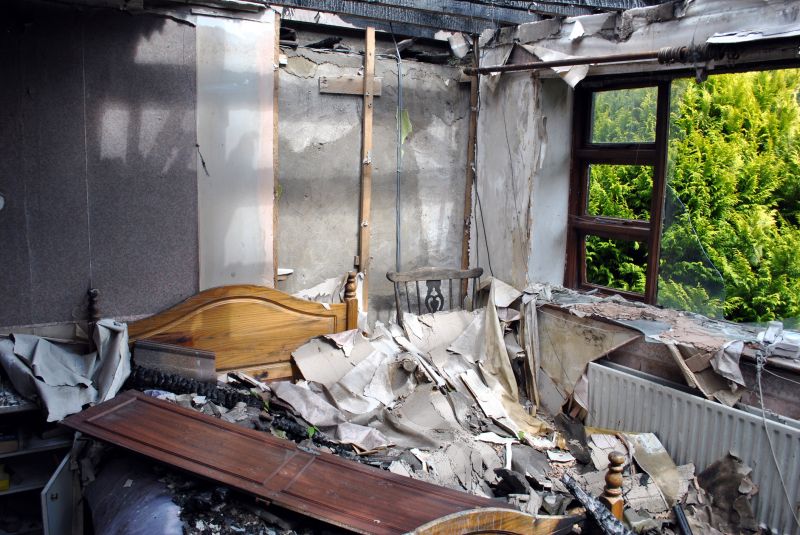
Initial evaluation helps determine the scope and timing of restoration work.
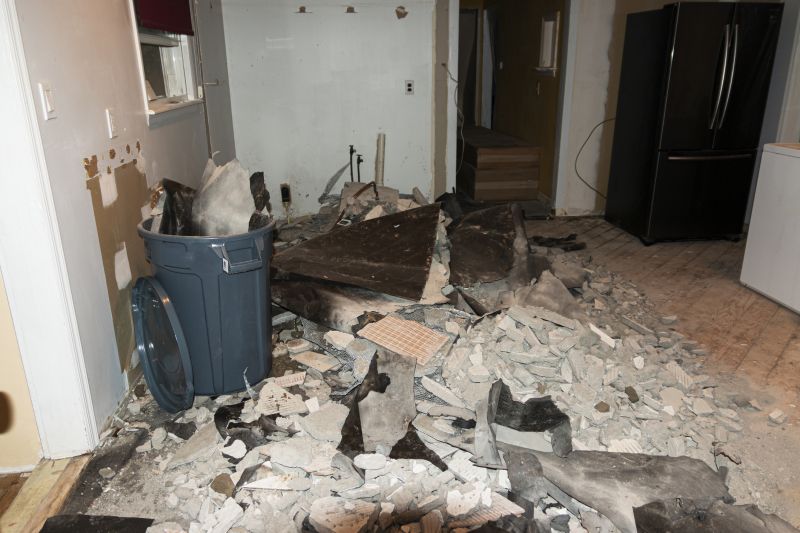
Effective cleanup is essential for preparing the property for repairs.
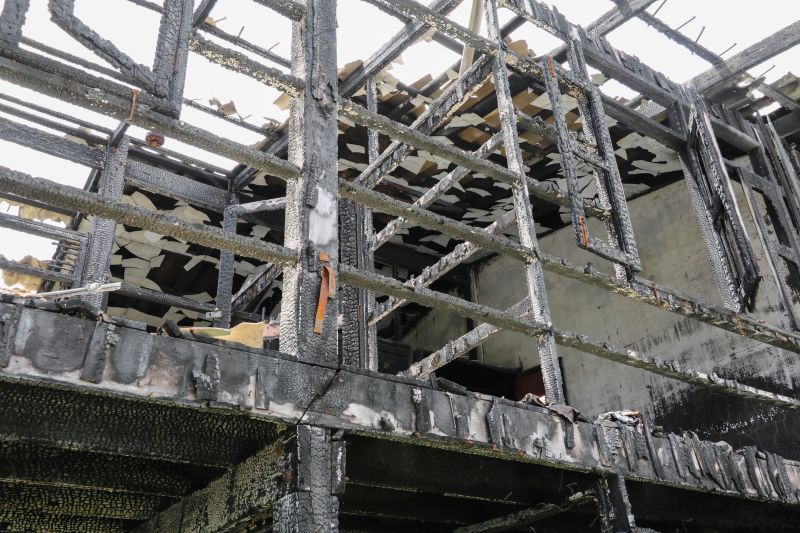
Securing the building prevents further damage during restoration.
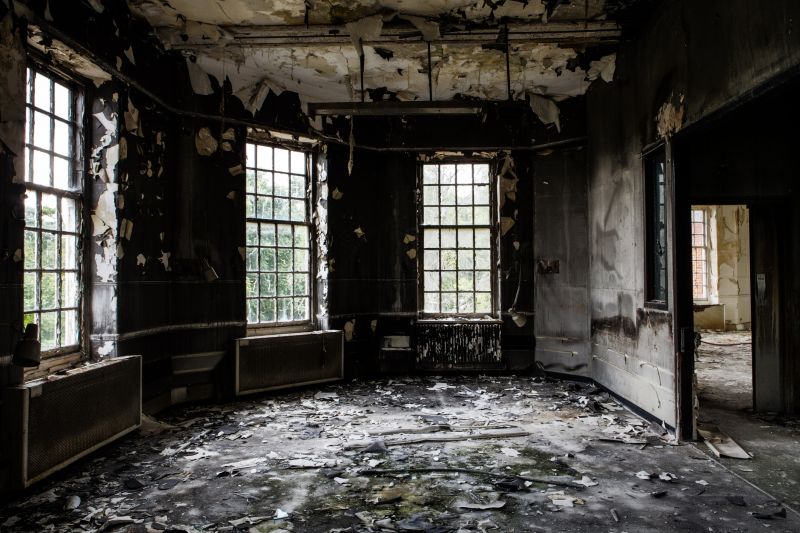
Ways to make Fire Restorations work in tight or awkward layouts.
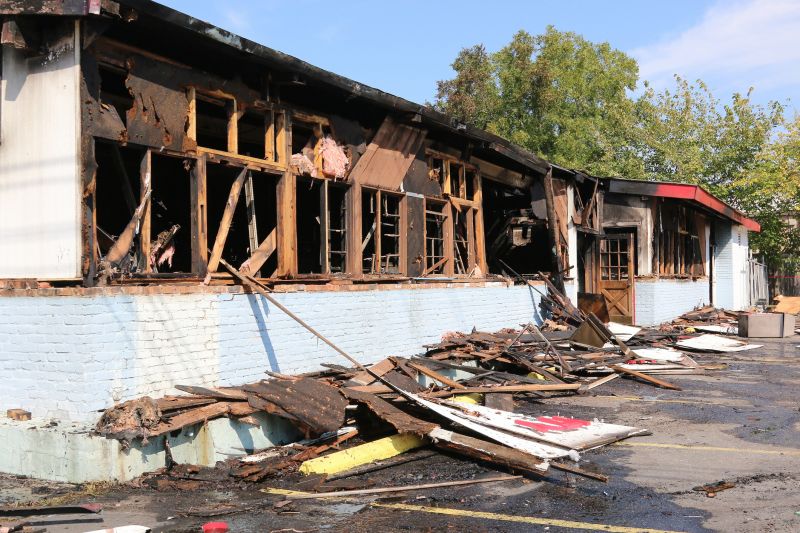
Popular materials for Fire Restorations and why they hold up over time.
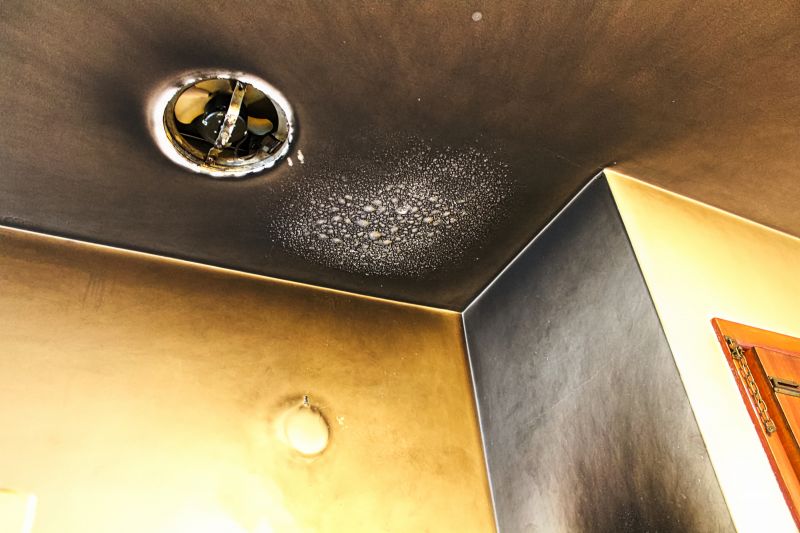
Simple add-ons that improve Fire Restorations without blowing the budget.
| Factor | Optimal Timing |
|---|---|
| Weather Conditions | Moderate temperatures and low humidity |
| Occupancy Status | When the property is unoccupied |
| Fire Severity | Immediately after severe fires |
| Seasonal Climate | Spring and fall |
| Fire Season | Post-fire season periods |
Fire restorations involve comprehensive processes to repair and restore properties affected by fire damage. These procedures include debris removal, smoke and soot cleaning, structural repairs, and odor elimination. Advances in restoration technology enable faster and more effective recovery, reducing long-term damage and restoring property safety and integrity. Statistics indicate that timely fire restoration can significantly reduce repair costs and mitigate health risks associated with smoke and soot exposure.
Proper planning and execution of fire restorations are crucial to ensure safety and effectiveness. Restoration professionals assess damage levels, develop tailored plans, and utilize specialized equipment to restore properties efficiently. The process can vary depending on the extent of fire and smoke damage, but early intervention remains a key factor in successful recovery.
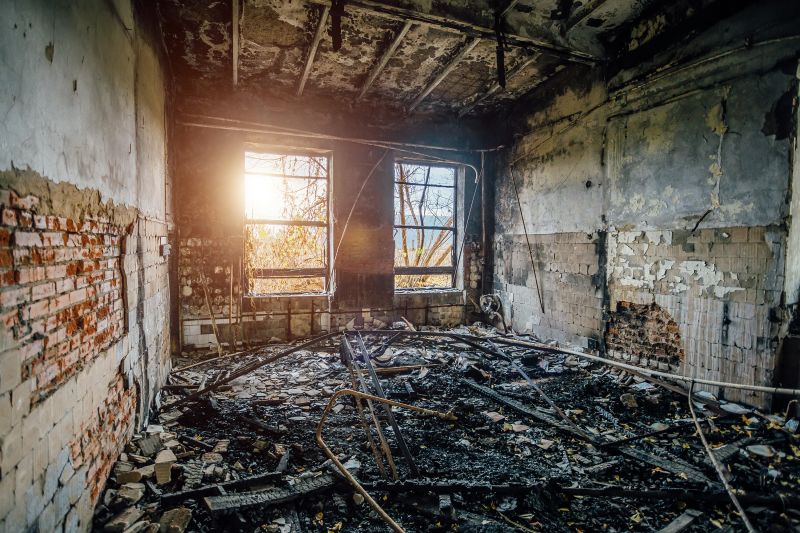
Removing debris and cleaning surfaces to prevent further deterioration.
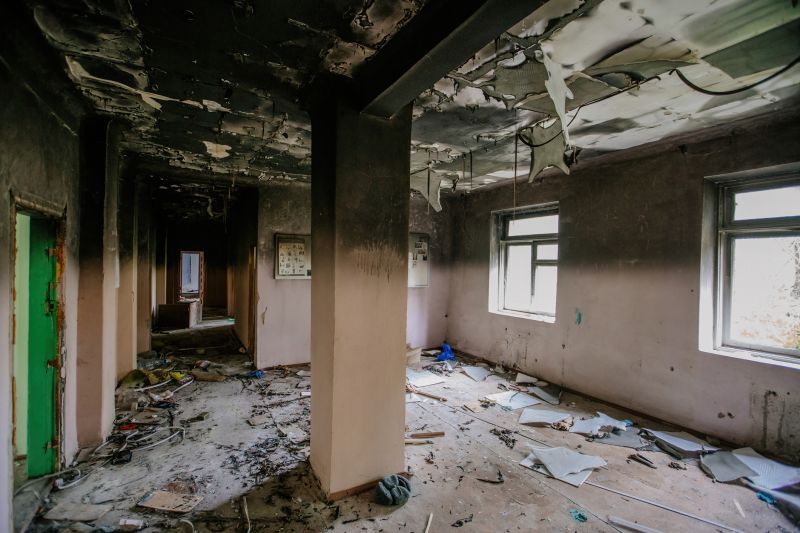
Using advanced techniques to eliminate odors and residue.

Rebuilding and reinforcing affected areas for safety.
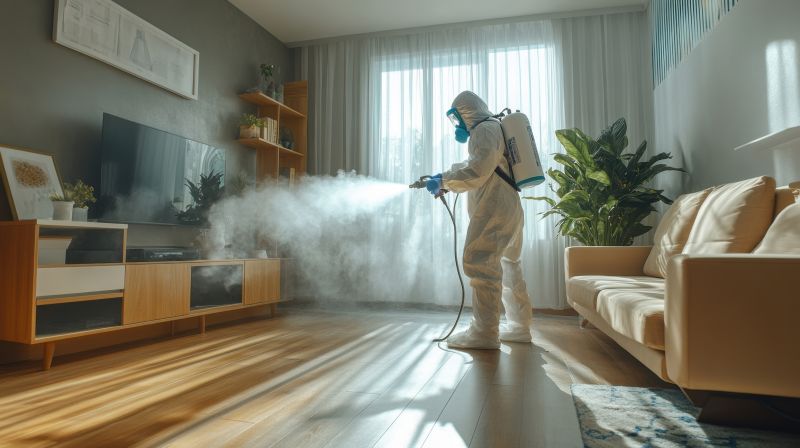
Applying specialized treatments to eliminate persistent smells.
Interested in fire restoration services? Filling out the contact form can provide more information and assistance tailored to specific needs. Prompt action helps minimize damage and supports effective recovery efforts.
